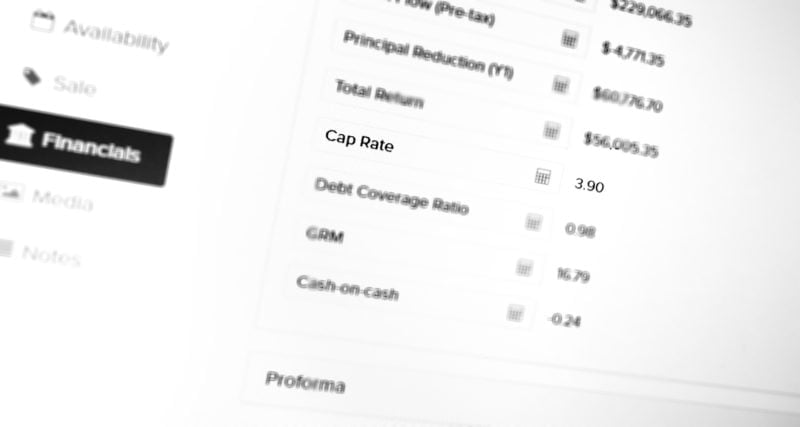10.23.17
Three Reasons Why Cap Rates Aren’t The Only Criteria That Matters

By: Kiser Group
A cap rate, or net operating income divided by the sale price, is often perceived as the most important metric to investors when evaluating a property. The truth is that cap rates, especially in a marketing package, are often unreliable for determining the potential value or what someone would be willing to pay for an asset. Below I’ve listed three reasons why cap rates can be tricky, and things to consider when evaluating the validity of the cap rate.
The Current Cap Rate Is Not Always Relevant
A cap rate is used as a quick “hurdle” in investment criteria to determine whether the rest of the analysis is worth considering, and to give a good idea of how the property is currently operating. For some investors, if the current cap rate in the offering is below a certain marker the deal is no longer considered. This can be an issue when considering non-core properties. Value-add and opportunistic investments often have operational problems that contribute to potential returns. Without underwriting the property with their own numbers, investors can lose sight of what their own projected NOI might be, and fail to realize the true cap rate they could achieve by investing.
From Investor to Investor There Are Major Differences in Expenses
The trouble in deriving a cap rate comes from the difficulty to determine NOI using current income and expenses. With regard to expenses, from firm-to-firm costs can vary widely. For soft expenses such as management, fees can vary greatly depending on whether management is done in house or contracted out, as well as with the intensity of management a firm prefers in a given space. Janitorial and cleaning expenses could appear to be non-existent if a tenant is receiving a discounted rental rate to vacuum the hallways once a week, versus a professional contracted cleaning service charging above market rate. Even hard expenses can be very different; if a landlord has not repealed their property taxes for 10 years, or if the new owner intends to get individual gas meters for each tenant, expenses can change dramatically. At first glance a cap rate can appear one way, but when evaluating how the supporting metrics are derived it can change the entire deal.
Different Professionals Calculate NOI Differently
When I was an undergraduate one of the first things we had to do in our intro Real Estate class was to commit the NOI equation to memory with reserves below the line. I was surprised when I arrived at Kiser Group where reserves are included above the line and therefore factored into NOI and lowered the current cap rate on our deals. In offerings from other brokerage firms I have seen everything from debt expense as part of NOI to only hard costs included in the NOI calculation. These differences can cause radical changes to the actual cap rate and the revenue potential of the deal.
When looking for deals, I suggest looking at more than a cap rate. There is more nuance to a property than its line items.
